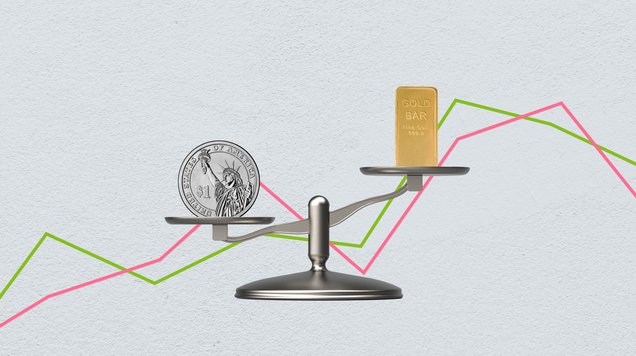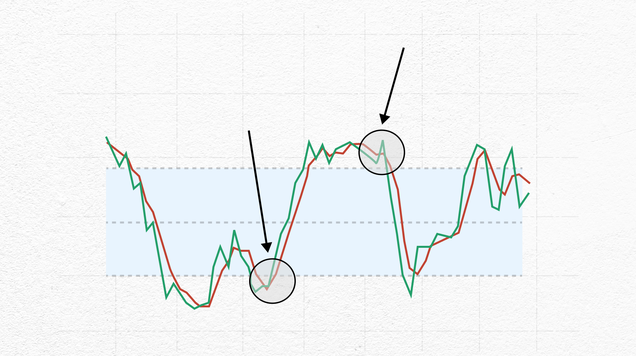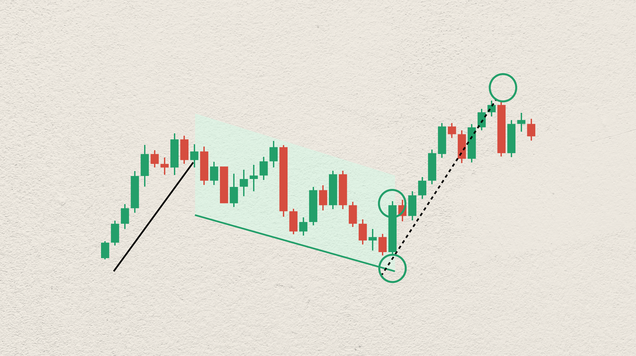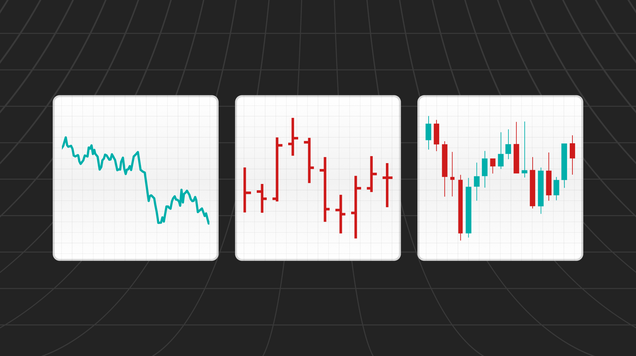Bond Markets: An Overview
Explore lower-risk opportunities by trading credit or debt securities in Bond markets and discover how to read key indicators for future economic growth.
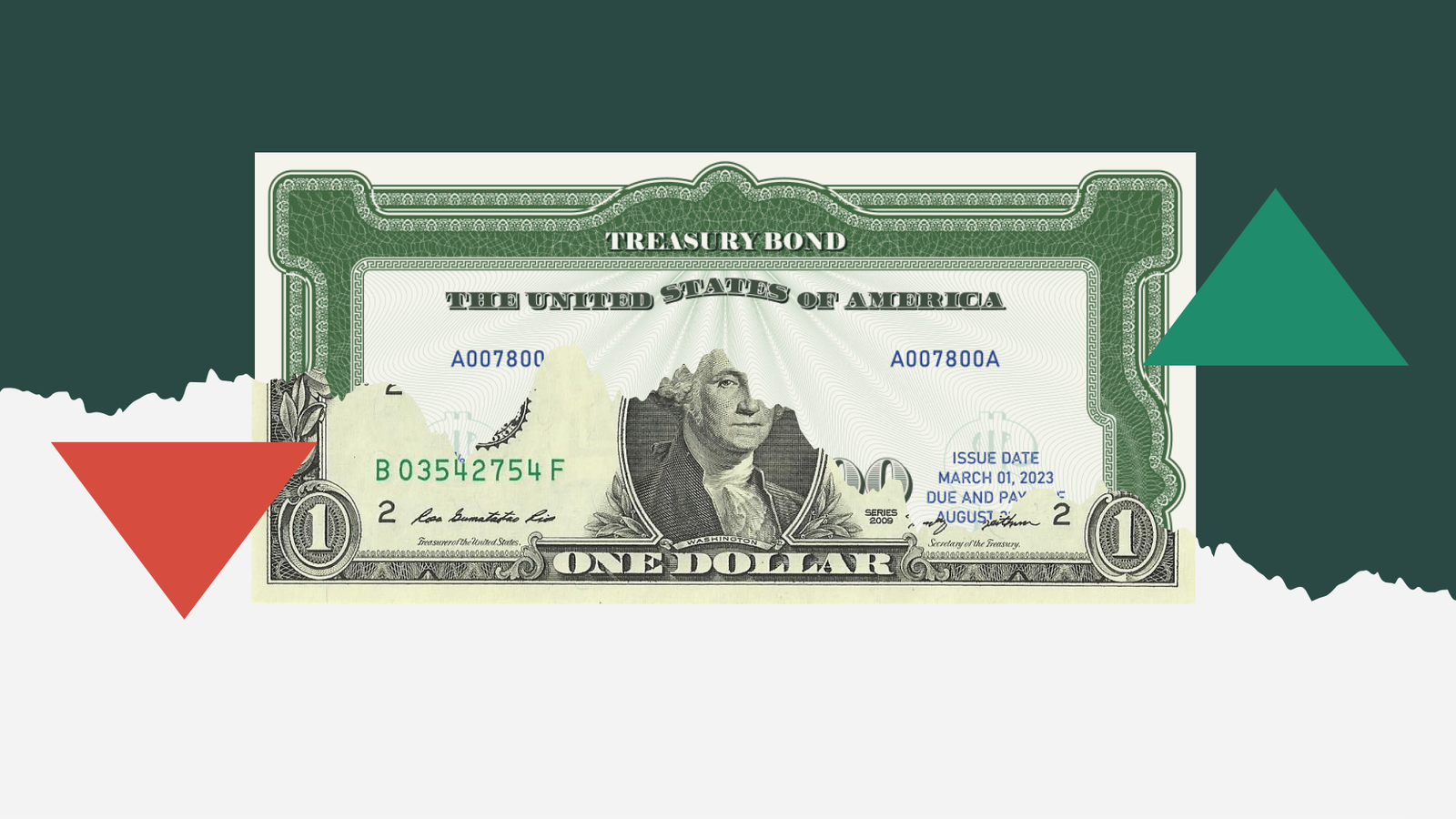
Bonds are contract for loans or debts issued by companies or governments
Bonds allow investors to generate capital over a set time period
A bond’s price has an inverse relationship to its YTM (Yield To Maturity)
Inverted yield curves occur when short-term yields have a higher value than their long-term yield, and can indicate future recessions
Normal yield curves are key indicators for future economic growth
An introduction to bonds
The bond market plays an important role in the global economy by providing a means for governments and companies to raise capital, and by offering investors a variety of investment options.
Investors often use bonds as a means of generating income and diversifying their investment portfolios. A bond is a type of investment instrument that represents a loan or debt provided by an investor to a borrower over a specific period of time. Bonds are typically issued by companies, governments, or other organizations to raise funds (i.e., capital) for funding projects, research and development, or to pay off existing debts. These are normally repaid twice a year but can vary according to each unique contract.
When creating a bond, the borrower is agreeing to pay interest on the loan at a specified rate, known as the coupon rate, and will repay the principal amount of the loan on a future date, known as the maturity date. This is known as “buying a bond” and is essentially an agreement to lend money to the issuer in exchange for the return gained by the coupon rate’s fixed interest.
Bonds can be bought and sold in financial markets based on their market value, and their value can fluctuate based on many factors such as changes to interest rates or the creditworthiness of the bond issuer.
Bonds can provide a reliable source of income for investors seeking a steady cash flow and capital preservation. They are generally considered to be less risky than stocks, which also means they offer potentially lower returns.
How does the bond market work?
The bond market is split into primary and secondary markets. Primary bond markets refer to when issuers first sell bonds to investors to raise funds. Secondary markets refer to when existing bonds are traded (or resold) between investors.
Investors can purchase bonds individually or through bond mutual funds, exchange-traded funds (ETFs), or other investment vehicles.
In the primary market, a bond’s price is usually determined at a bond’s face value and the interest rate (or coupon rate) is set based on both market conditions and the issuer’s creditworthiness.
Once the bond is issued, it can be bought and sold in the secondary market between investors. The bond price in the secondary market can fluctuate based on a variety of factors, including changes in interest rates, the issuer's credit ratings, and perceived risks of the bond.
Bond investors aim to gain a steady income stream through regular interest payments and to diversify their investment portfolios with less volatile products.
What is a bond yield?
In trading bonds, “yield” is used to refer to the expected return on investment that an investor will get over a set period, typically over one year. “YTM” stands “Yield To Maturity” and can also be explained as the annual net profit that an investment earns on the bond. Yields on new debt investments will always reflect the interest rates at the date the bond was issued.
In simple terms, yield can be calculated by dividing the coupon rate by its price (Yield = Coupon Rate / Price). It is important to note that when a bond’s price increases, the yield will decrease as they hold an inverse relationship. This means if a bond’s price goes up, its yield will go down and vice versa.
The relationship between price and yield
As bonds are repaid with a fixed rate of interest over time, the relationship between a bond’s price and yield is inverse. This is important for qualifying which type of bond you’d like to invest in, as high-yield bonds are often preferred by large scale investors as they present higher potential returns. Smaller investors tend to prefer low-yield bonds as the reduced expected volatility presents a virtually risk-free form of investment.
When interest rates rise in the broader economy, newly issued bonds offer higher coupon rates, making them more attractive to investors than older bonds with lower rates. As a result, the prices of old bonds with lower interest rates will fall in order to increase their effective yield to match the new bonds.
In other words, when market yields fall, the prices of current bonds with high yield rates rise because investors are willing to pay more for higher returns. Conversely, when interest rates rise, the prices of current bonds with low yield rates fall because investors can get higher returns elsewhere.
For example, if a bond has a 5% rate of return and is valued at $1,000, and market interest rates fall, the price of the bond could rise to $1,100, resulting in a yield drop to 4.04%. On the other hand, if interest rates rise, the bond price may fall to $900, resulting in a yield increase to 6.52%.
Bond prices and yields will always be affected by a variety of factors, including economic conditions, inflation expectations, credit risk, and the specific terms and conditions of the bond. It is important to keep an eye on market movement and ensure that your bond is proceeding as expected to manage your risk.
What do yield curves indicate?
A yield curve is a graph that represents a group of bonds issued by the same source. It shows the various interest rates (or yields) offered by bonds with different securities at one point in time. Yield curves are considered key indicators of a market’s future expectations – especially when speculating on future economic growth or inflation rates.
The normal yield curve model shows that long-term bonds have higher yields than short-term bonds. This can show investors that an economy will grow, or inflation will increase, which could lead to higher long-term interest rates on their bond.
In contrast, an inverted yield curve occurs when short-term yields are higher than long-term yields, which is often seen as an indicator of an economic recession. Therefore, the yield curve is a fundamental tool for investors, policy makers, and analysts because it provides information about economic expectations, inflation expectations, and monetary policy decisions. Investors can use the yield curve to make investment decisions, while policy makers can use it to understand market expectations for future economic conditions and adjust their monetary policies accordingly.
The shape of the yield curve can be influenced by various factors, including changes in monetary policy, inflation expectations, and market sentiment. This means that when central banks raise interest rates to combat inflation, short-term yields may also rise which is shown when yield curves flatten or invert.
Bond valuation, on the other hand, refers to the process of determining the fair price of a bond. The price of a bond is usually influenced by its yield, as well as other factors such as the creditworthiness of the issuer, coupon rate, and maturity of the bond. Bond valuation is important for investors, who use it to determine whether bonds are overvalued or undervalued, and for issuers, who use it to determine the appropriate coupon rate for a bond.
An inverted bond yield curve can indicate a future recession
